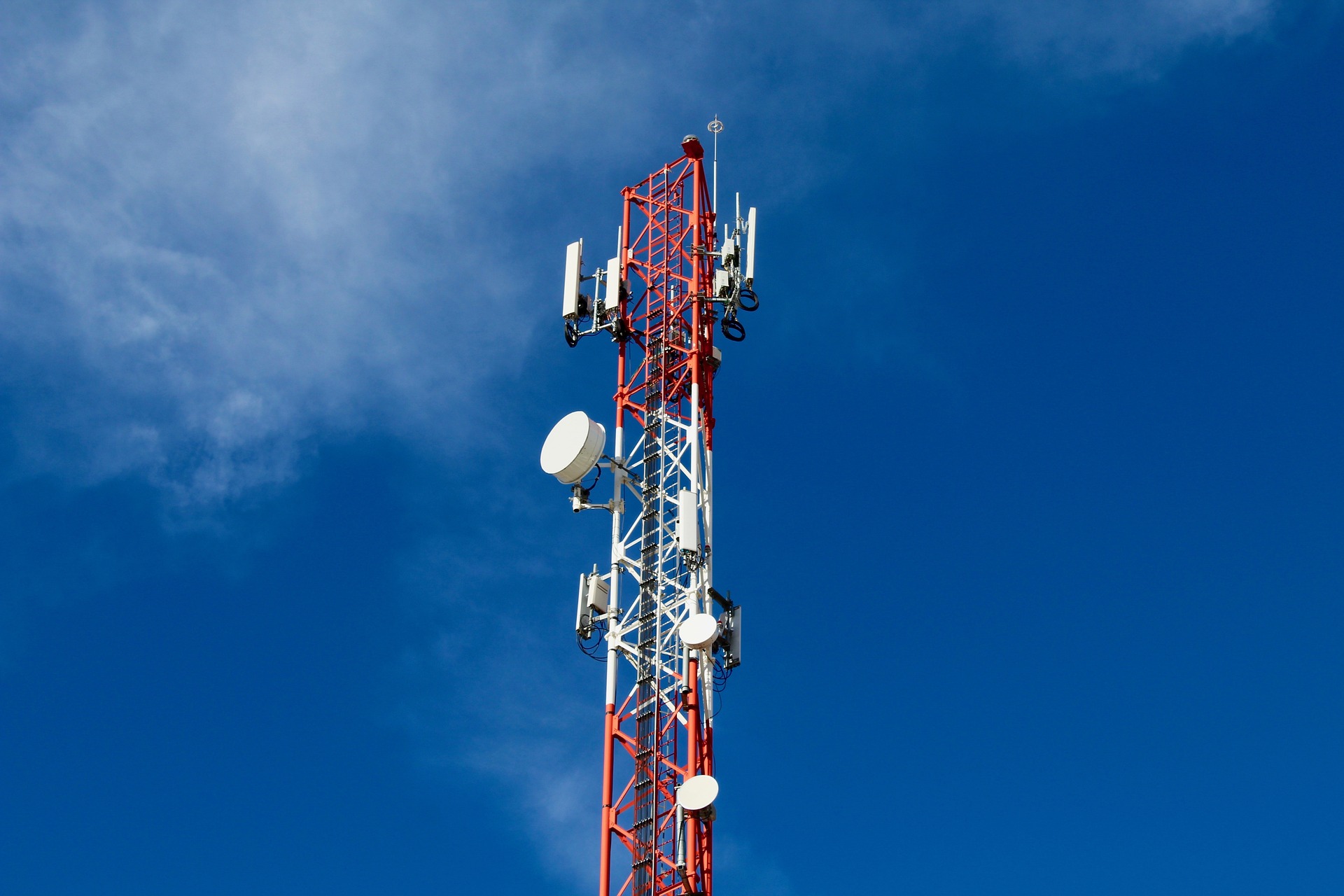A Dive into Low Earth Orbit (LEO) Satellites: Bridging Digital Divide
In a world that's increasingly connected, can you imagine a day without the internet? Surprisingly, about half of the world's population still lacks access to the internet. Enter Low Earth Orbit (LEO) satellites - a game-changer in the world of telecommunications that promises to erase this disparity.

The Emergence of LEO Satellites
The idea of LEO satellites isn’t new. It dates back to the 1950s when the first artificial satellite, Sputnik 1, was launched into a low earth orbit. However, the technology and infrastructure required to make them practical for internet connectivity have only recently come to fruition. Advances in satellite technology, driven by companies like SpaceX, OneWeb, and Amazon, have paved the way for a new wave of LEO satellites designed to deliver high-speed internet.
Current Trends in LEO Satellite Deployment
Today’s LEO satellites are much smaller, cheaper, and more powerful than their predecessors. Tech giants are launching hundreds, even thousands, of these satellites into space to create a massive network, or constellation, capable of providing global internet coverage. SpaceX’s Starlink project, for example, plans to deploy about 12,000 satellites. The scale of these projects is unprecedented and signals a major shift in the telecommunication industry’s approach to internet connectivity.
Impact and Challenges of LEO Satellites
While LEO satellites hold great promise, they also present unique challenges. One of the most pressing issues is space debris. With thousands of satellites in orbit, the risk of collisions increases, creating potentially hazardous debris. Regulators and industry players are grappling with how to manage this risk while still encouraging innovation.
Despite these challenges, the potential benefits of LEO satellites are immense. They can deliver high-speed internet to remote and underserved areas, democratizing access to digital resources. Moreover, they can provide more resilient connectivity during natural disasters when terrestrial networks are often disrupted.
The Future of Internet Connectivity: LEO Satellites
As we move forward, LEO satellites are expected to play a pivotal role in shaping the future of internet connectivity. They represent a new frontier in the telecommunications industry, challenging traditional models of service delivery and creating new opportunities for innovation. While the path to widespread LEO satellite internet is fraught with challenges, the potential to bridge the digital divide and create a truly connected world makes it a journey worth undertaking.
In conclusion, LEO satellites represent an exciting development in the world of telecommunications. As we continue to push the boundaries of connectivity, these satellites offer a promising solution to some of our most pressing challenges. With the right approach, we can harness this technology to create a more connected, inclusive world for all.




